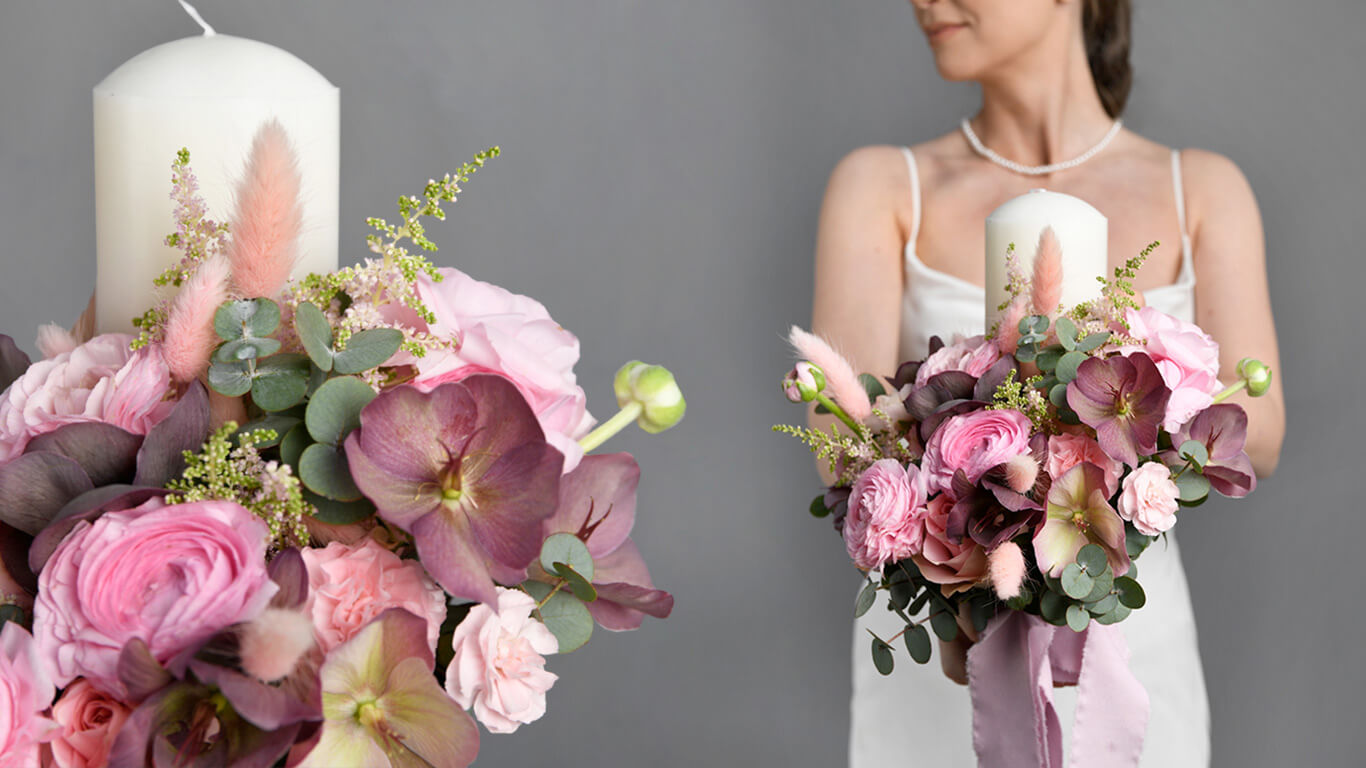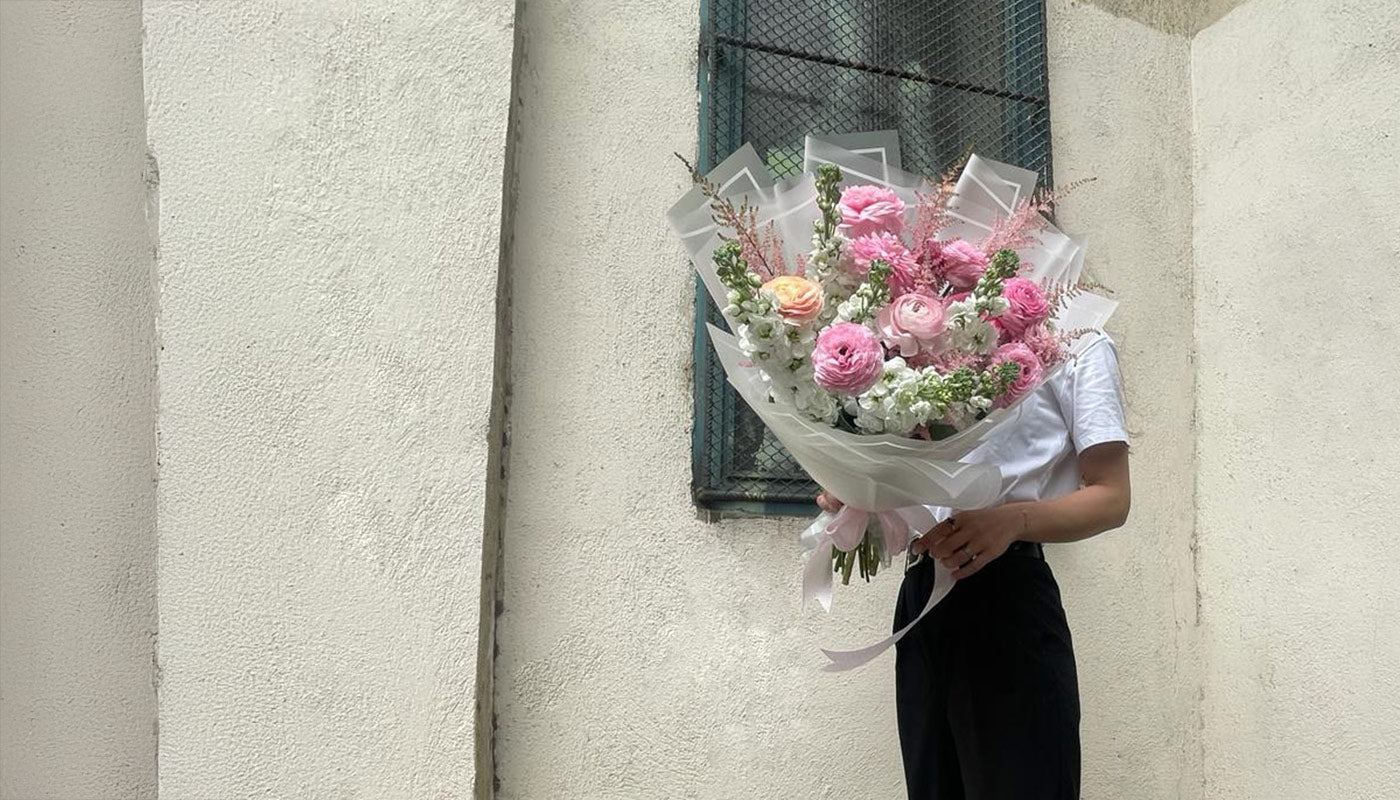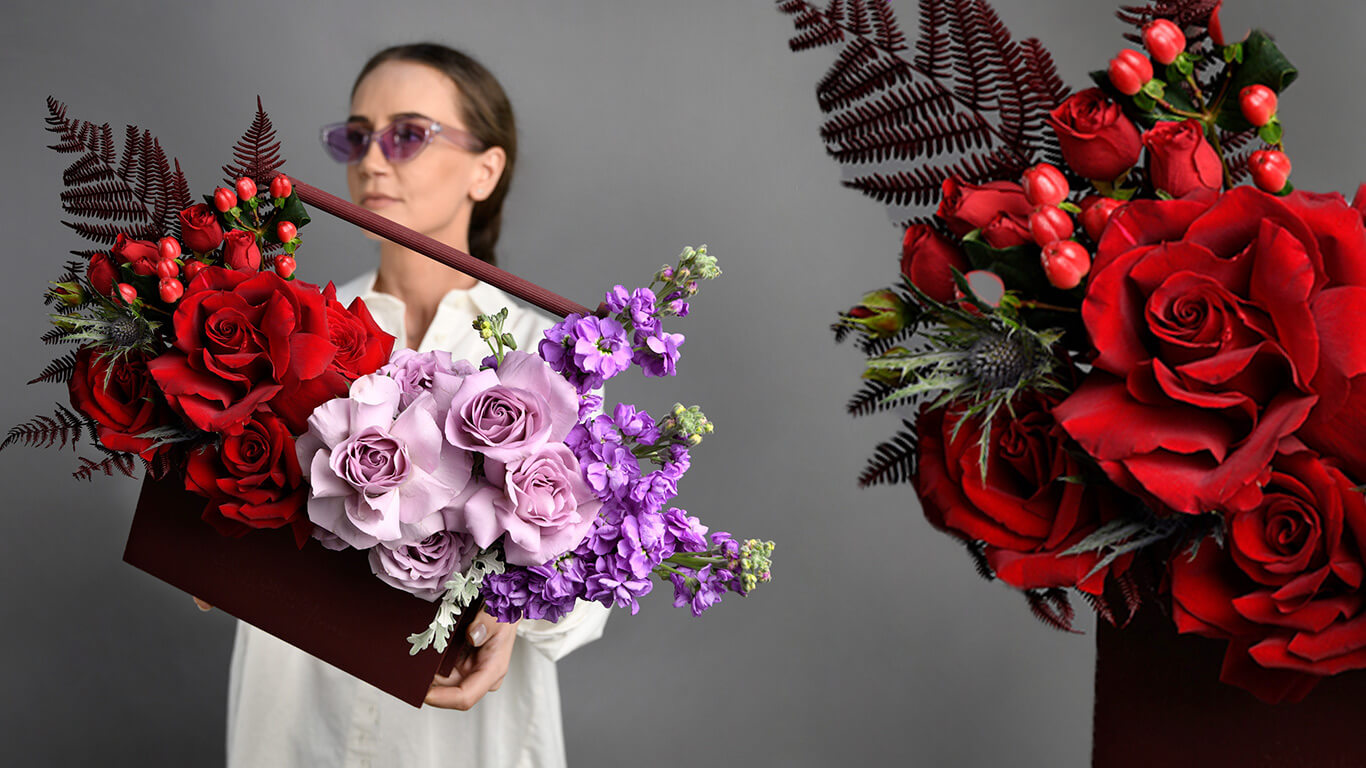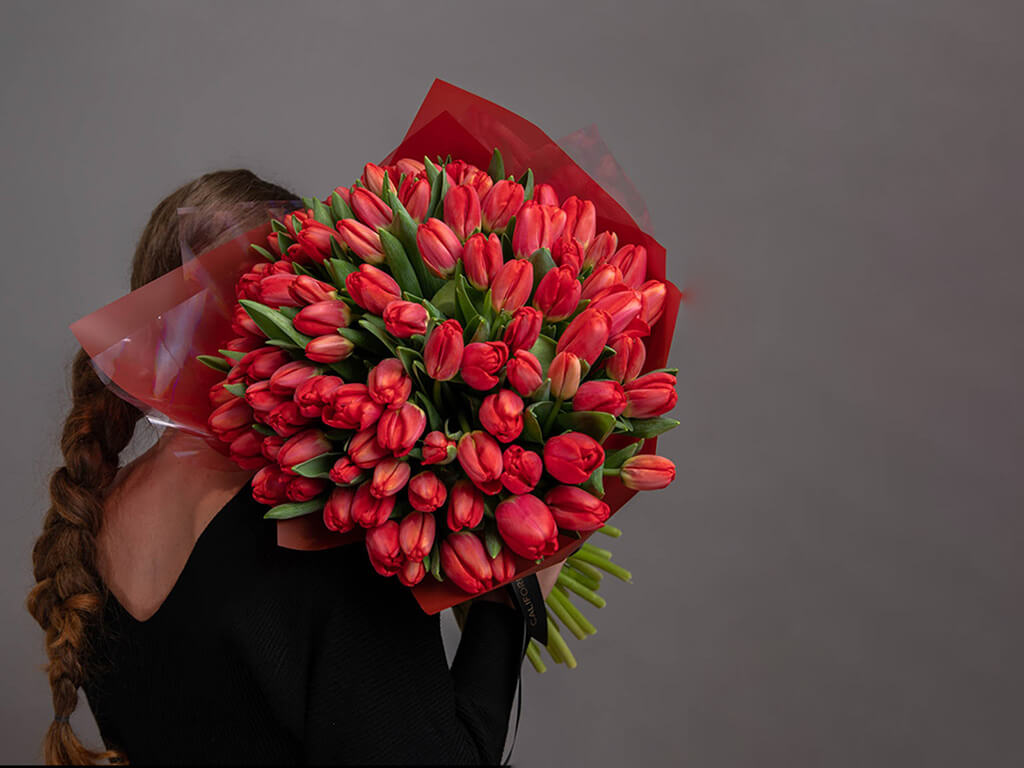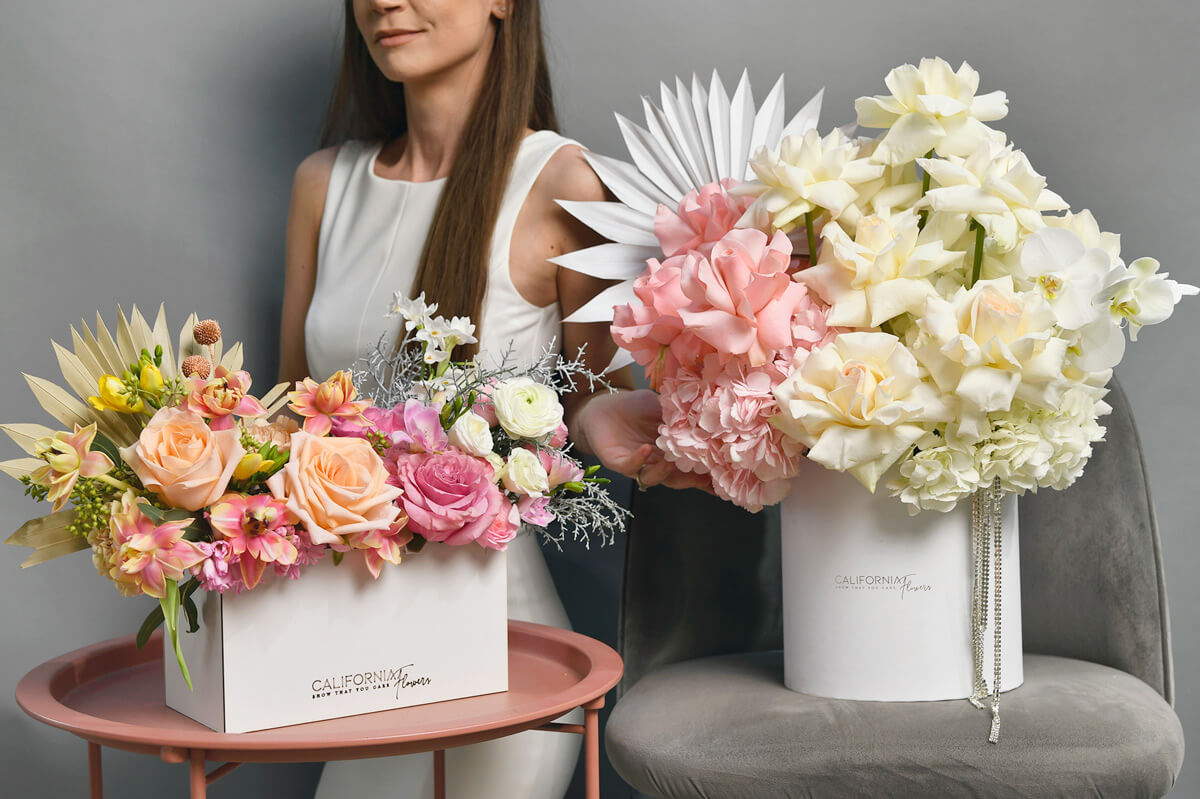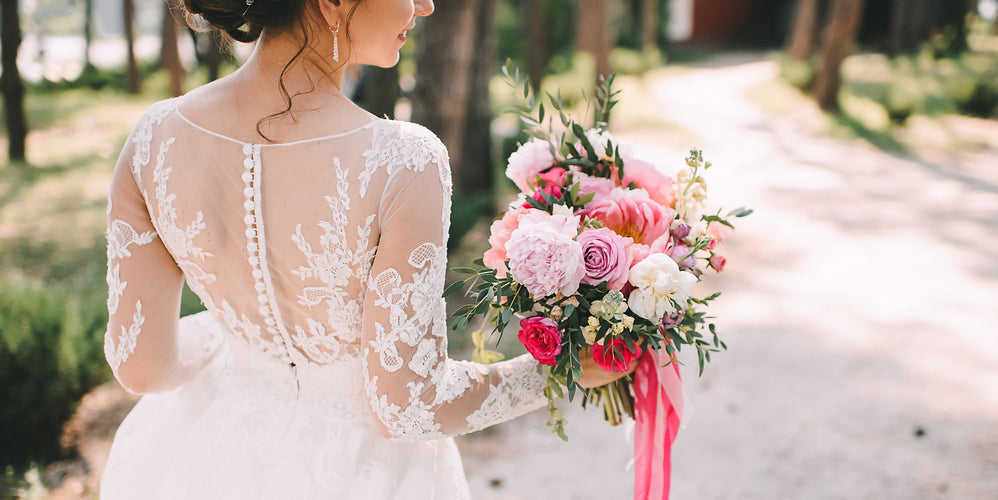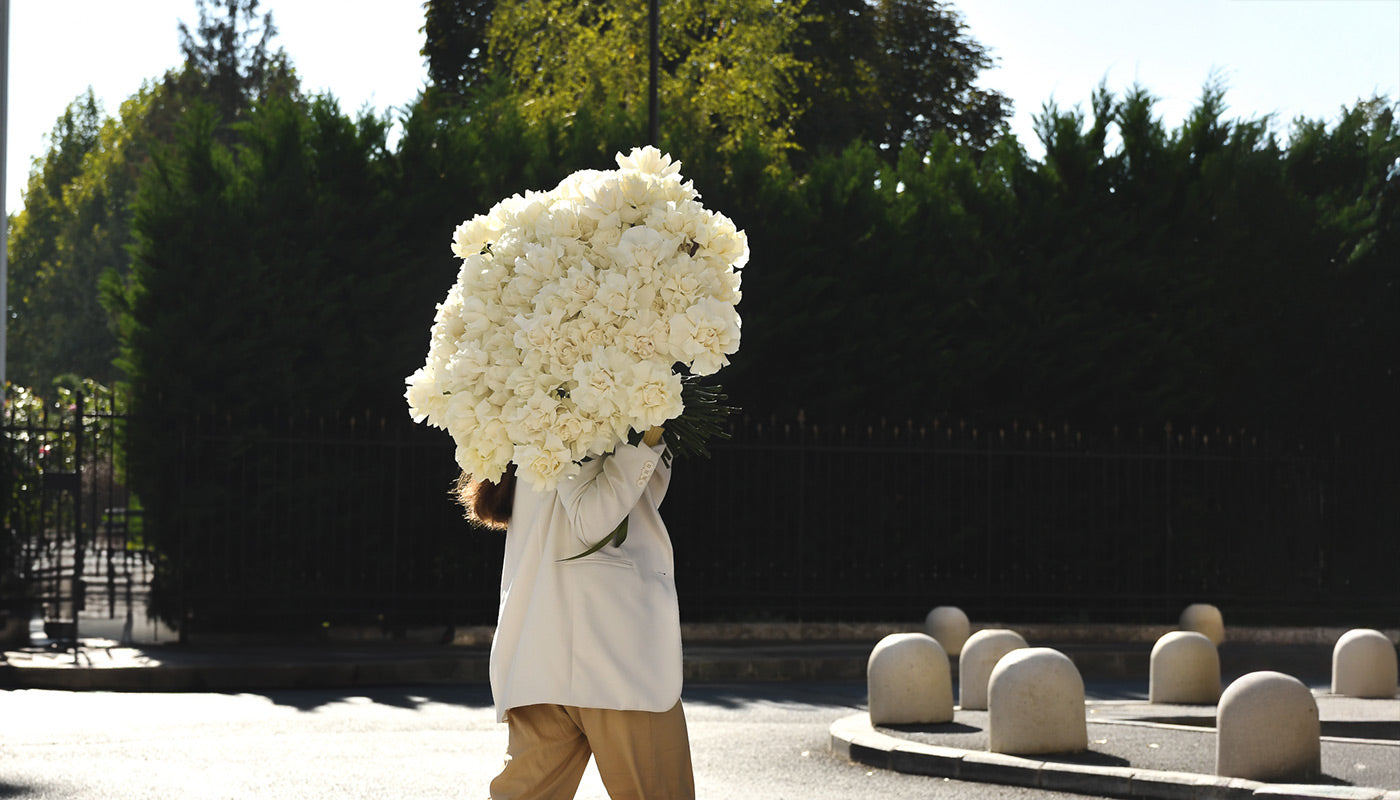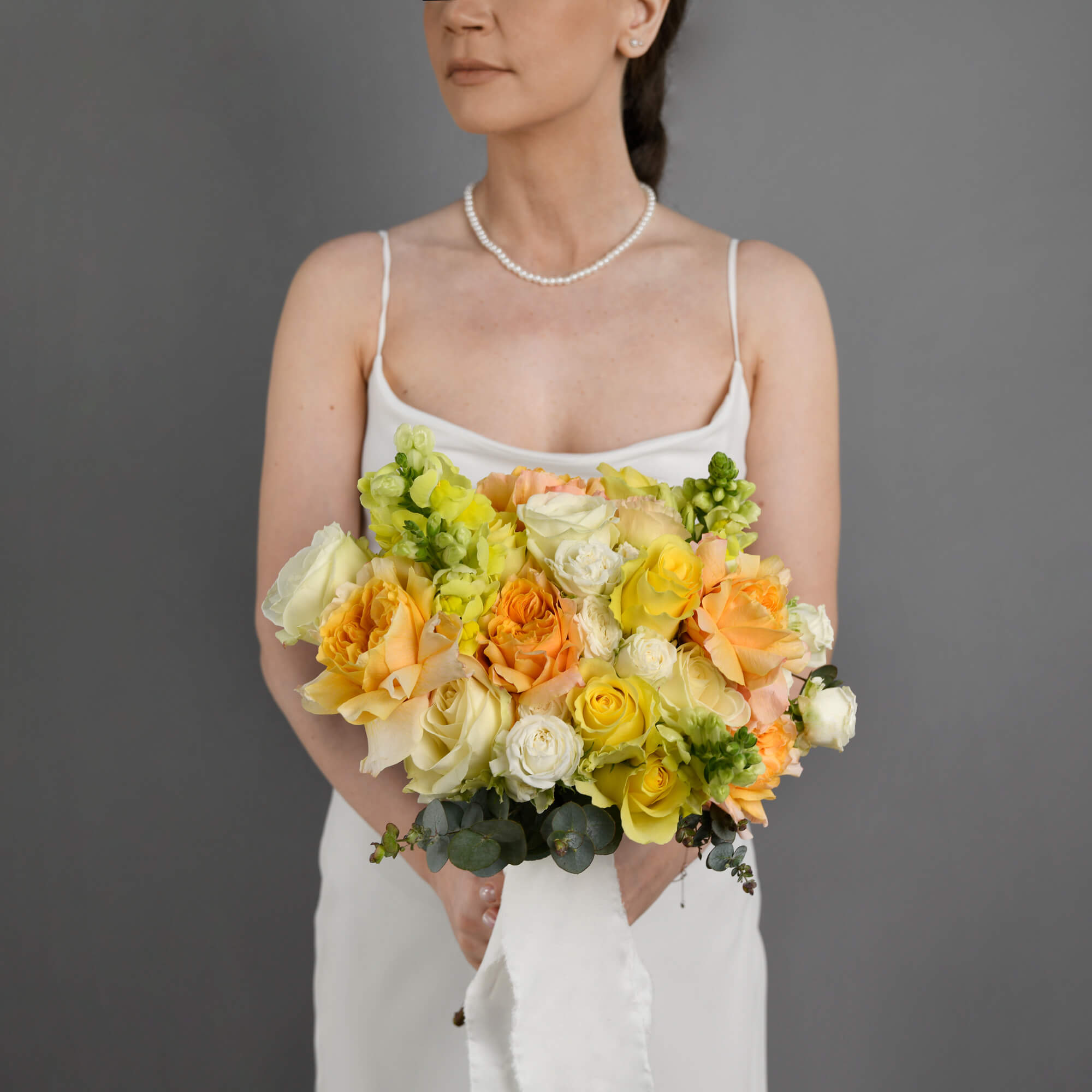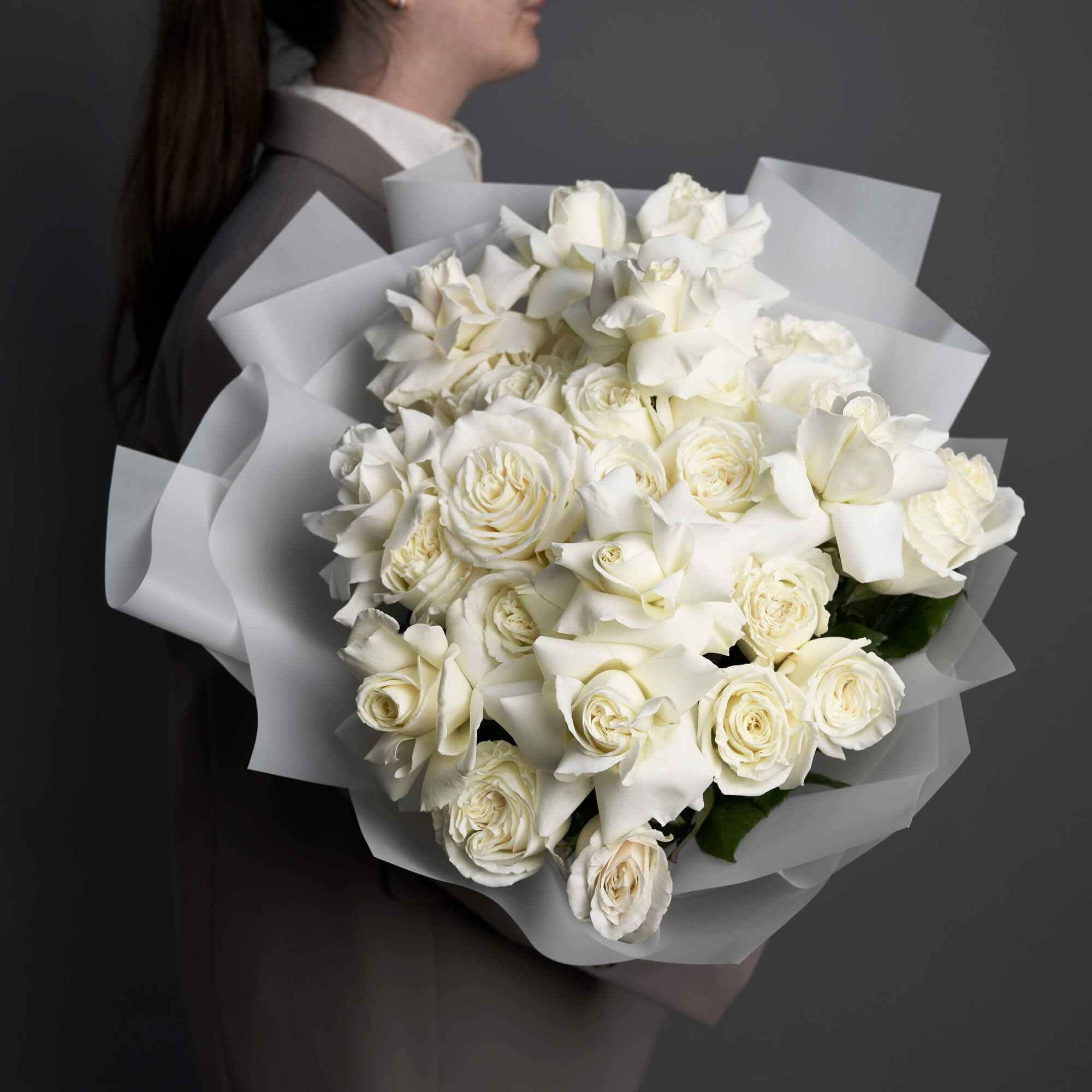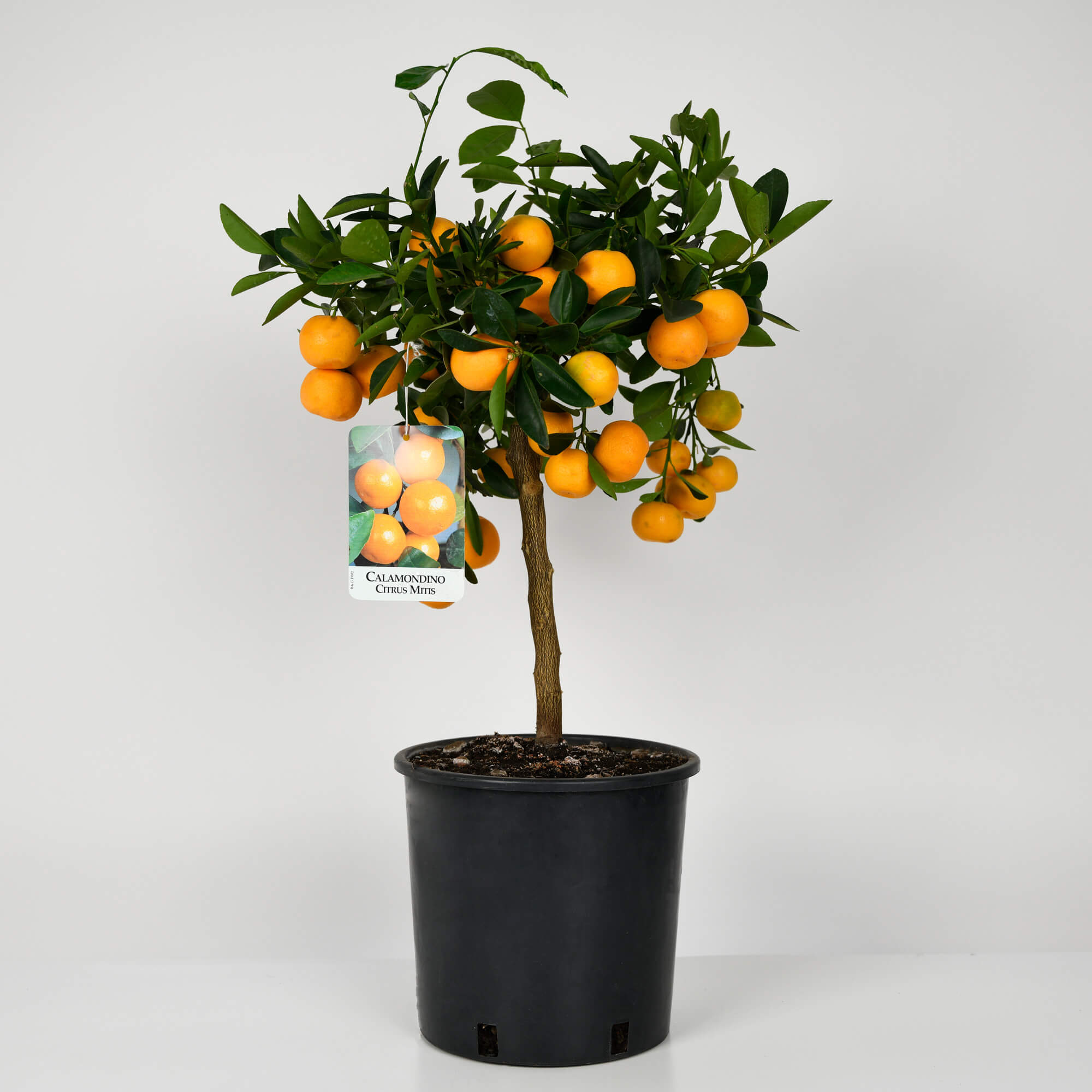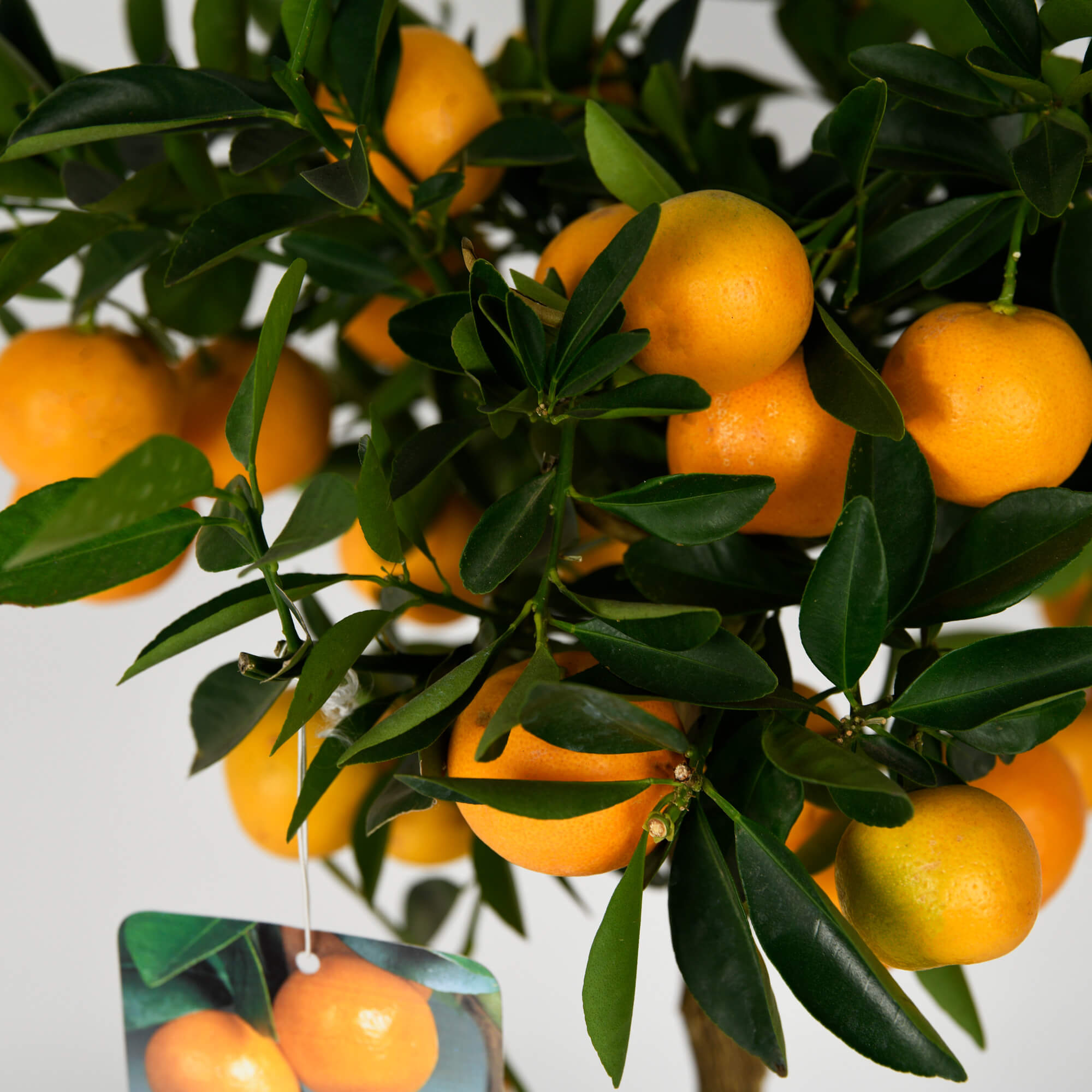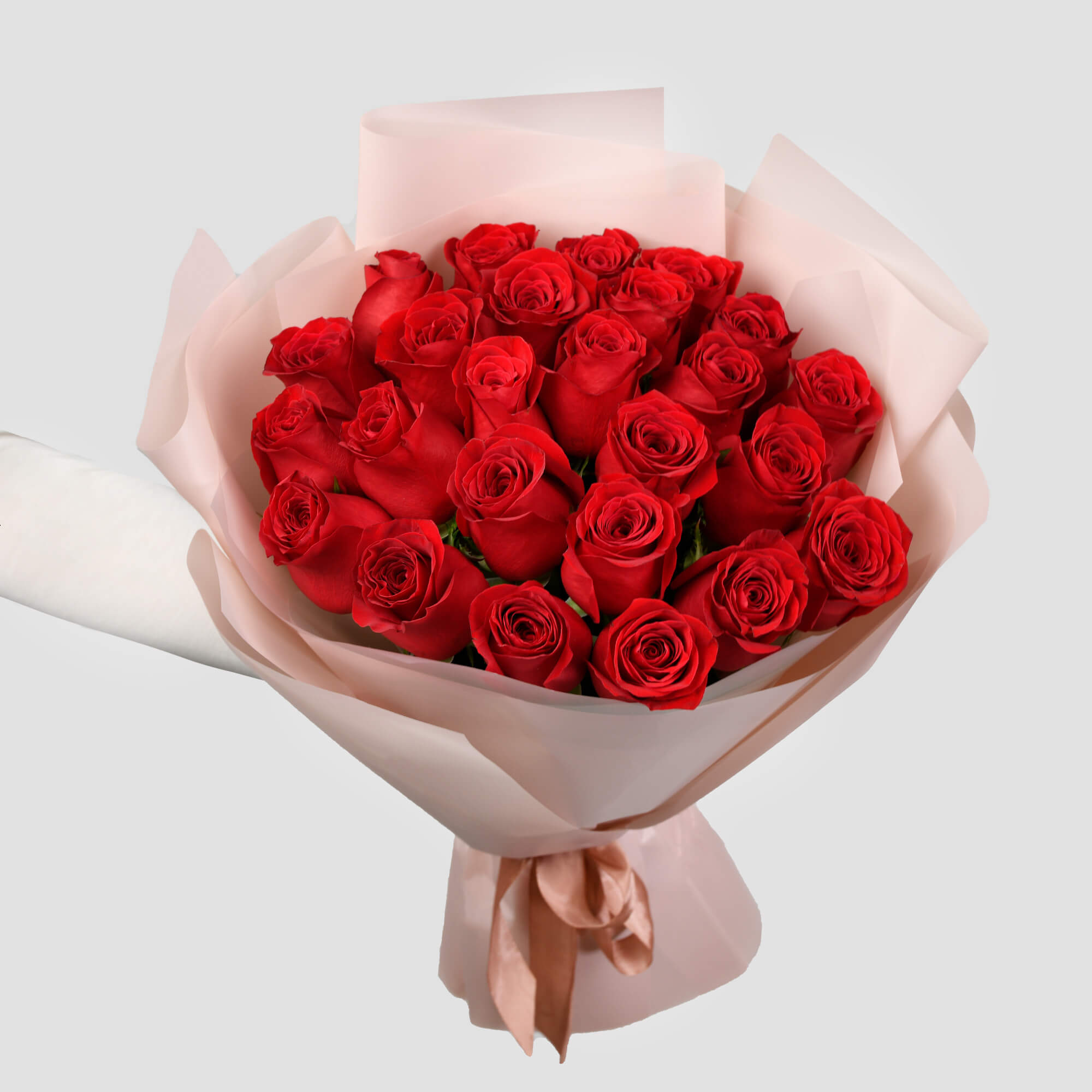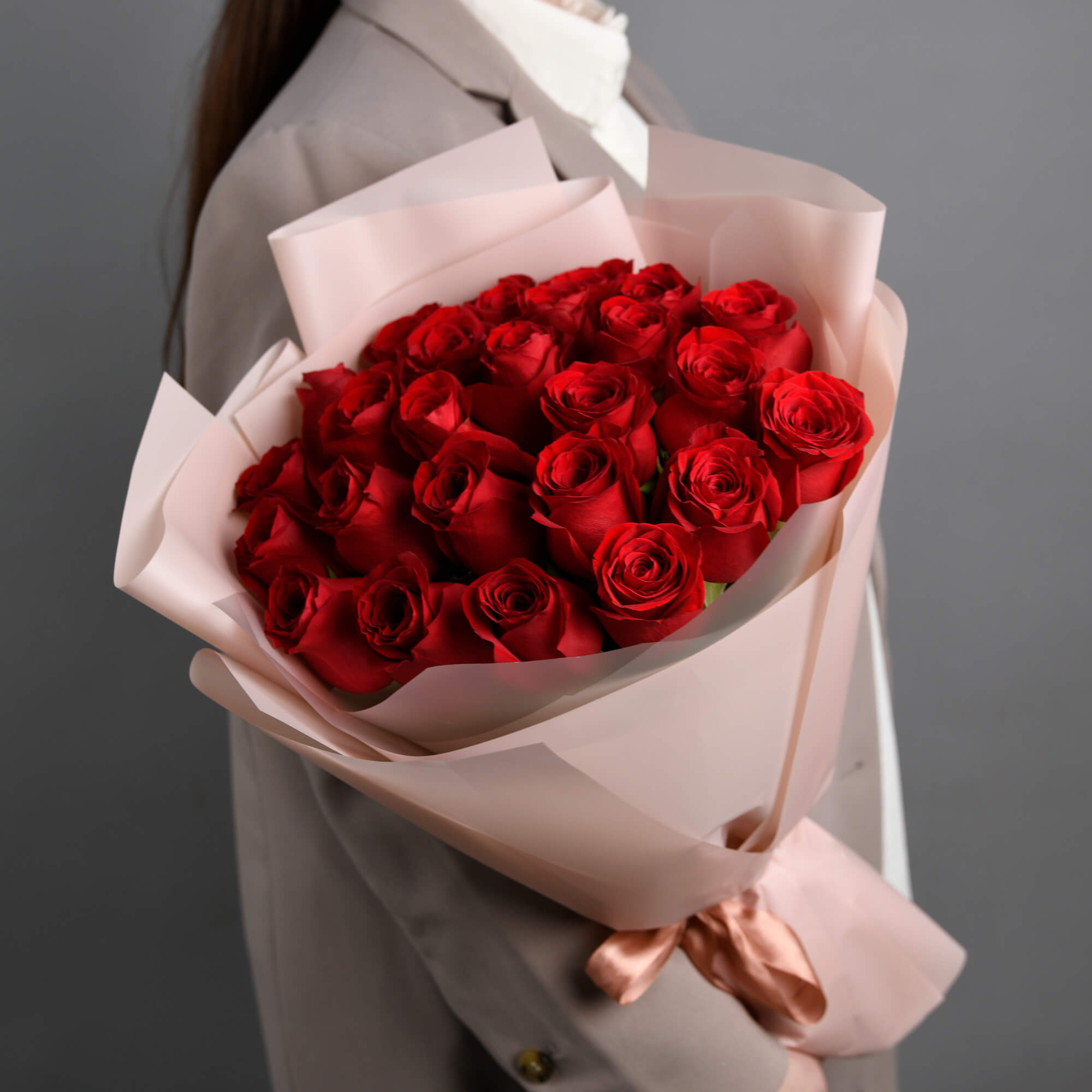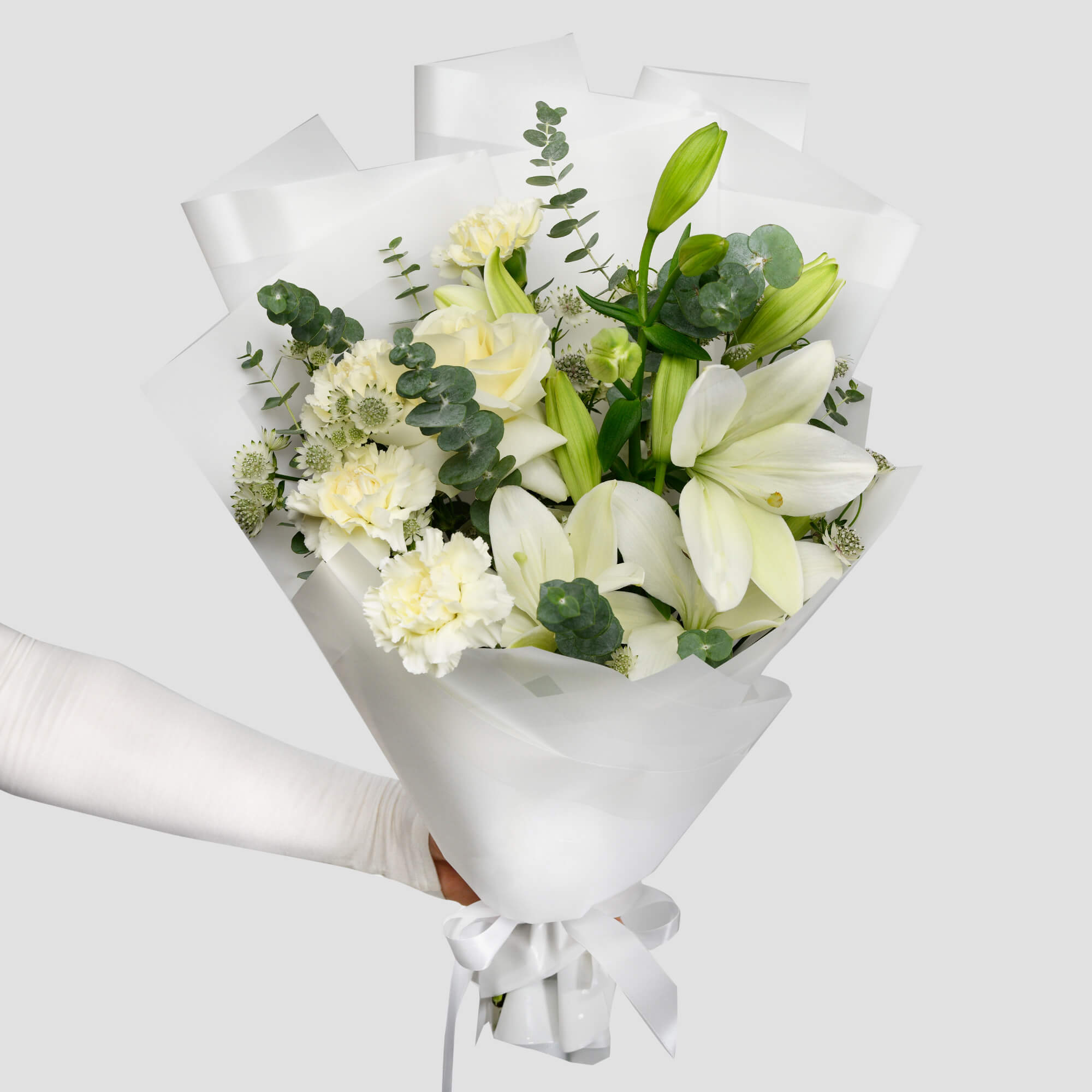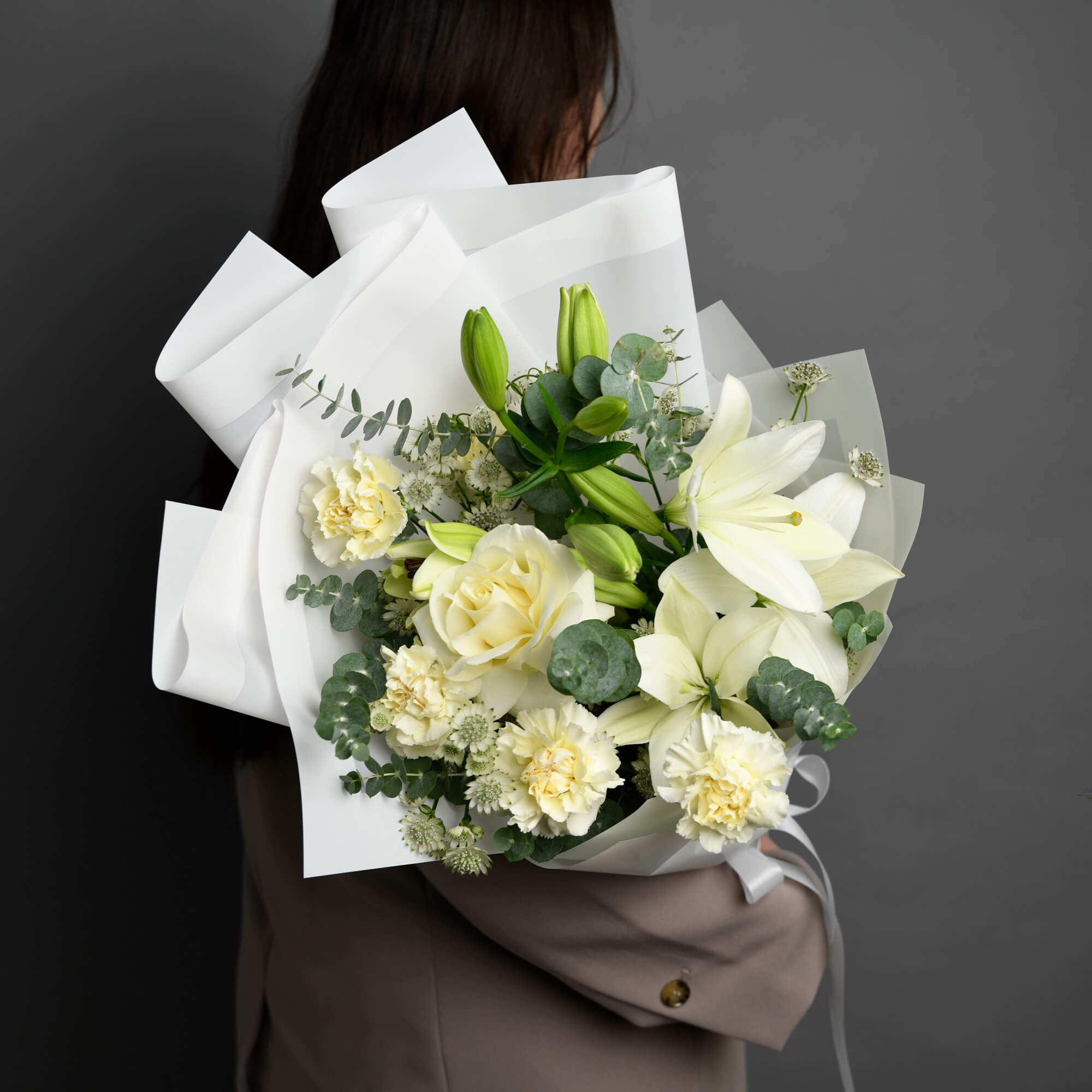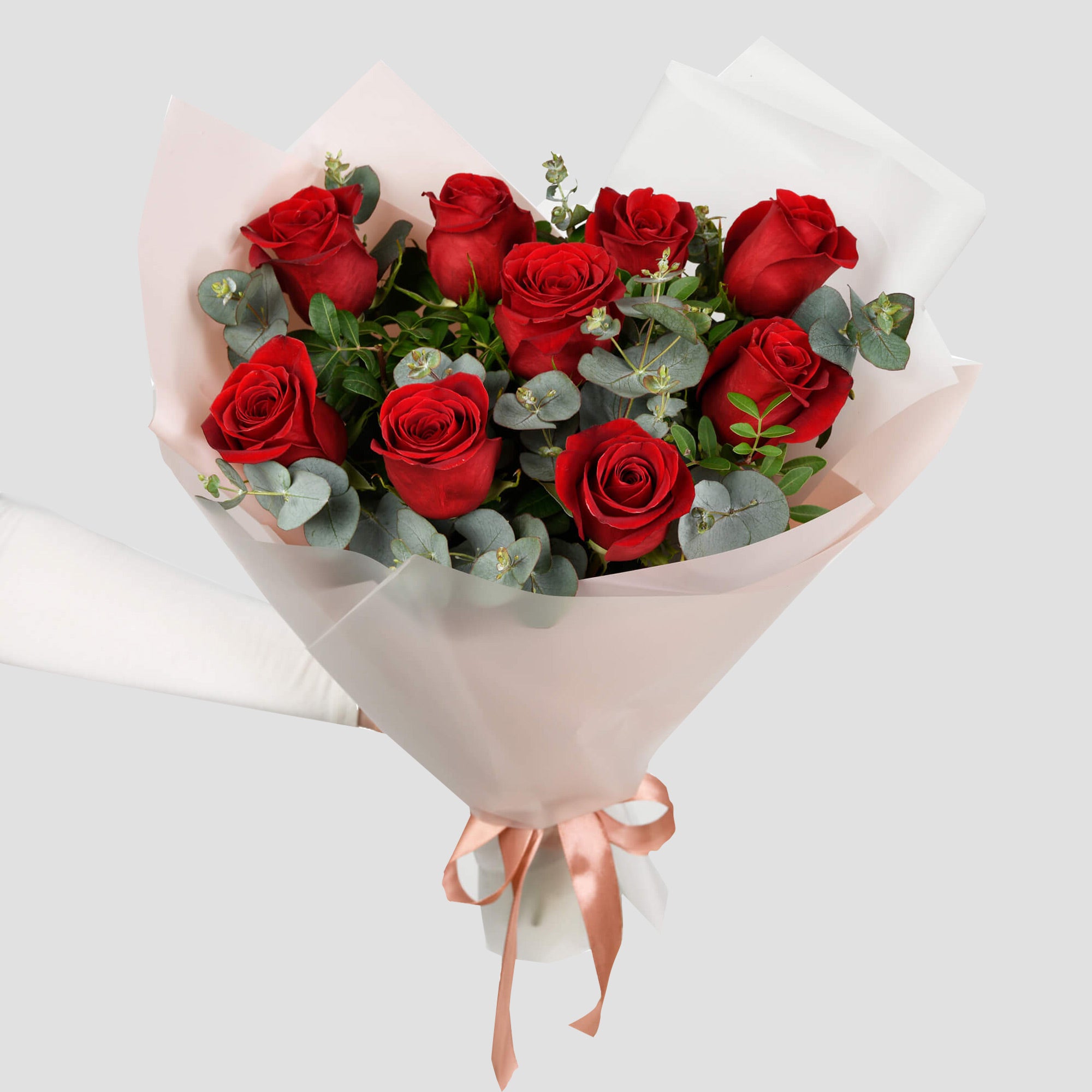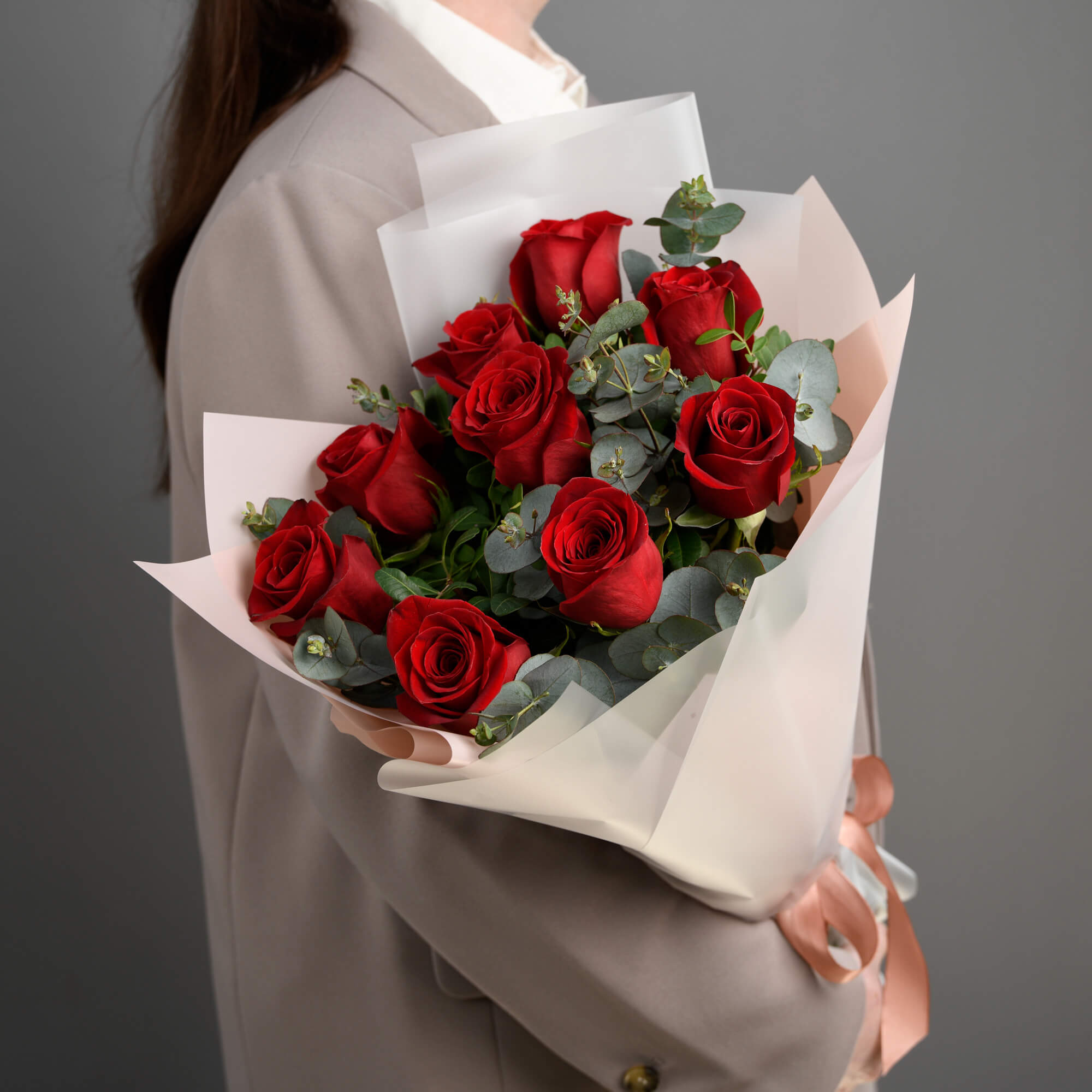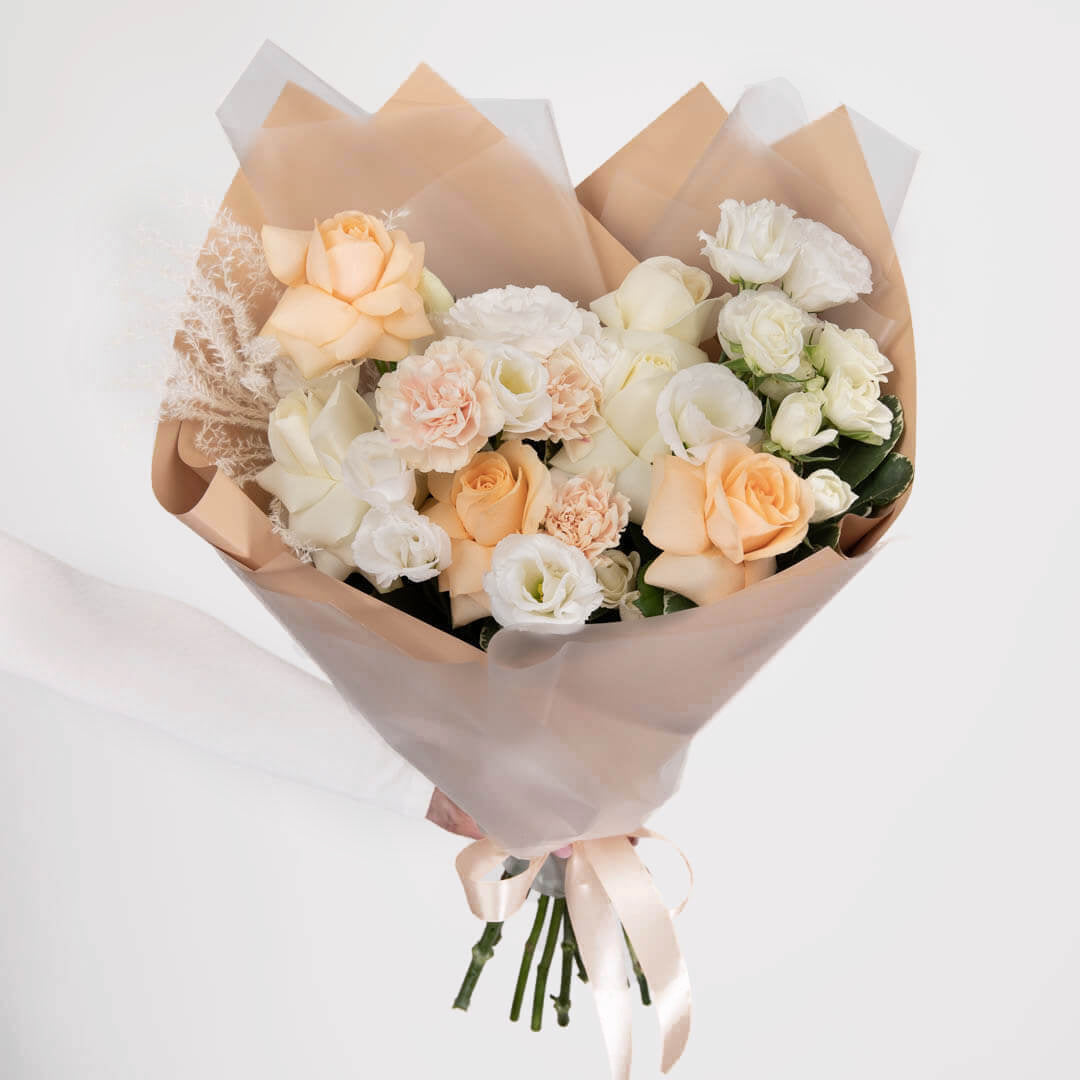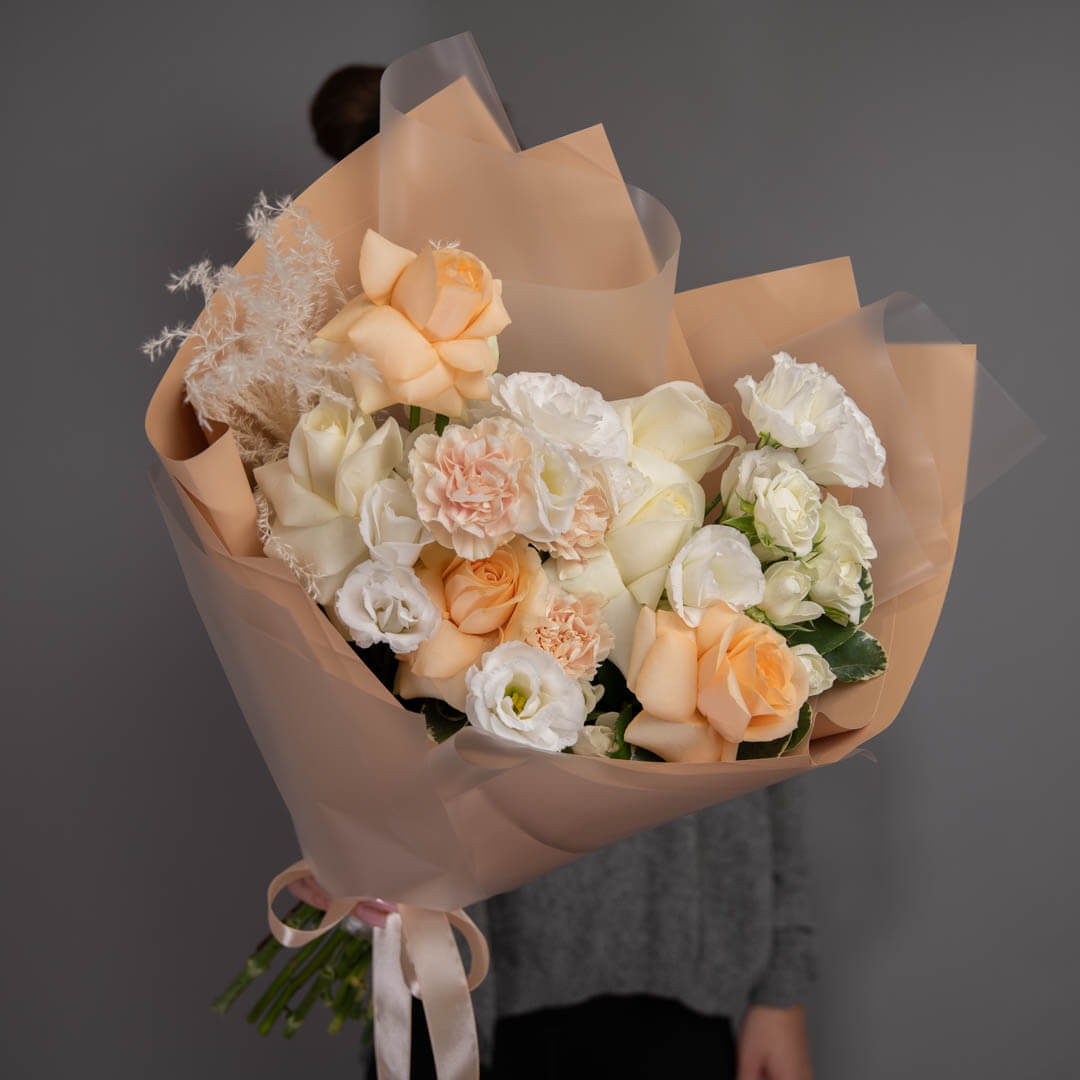Thoughts and gestures from the heart: Everything you need for a baptism at church + Do you take flowers to a baptism at church or not?
Thoughts and gestures from the heart: Everything you need for a baptism at church + Do you take flowers to a baptism at church or not?
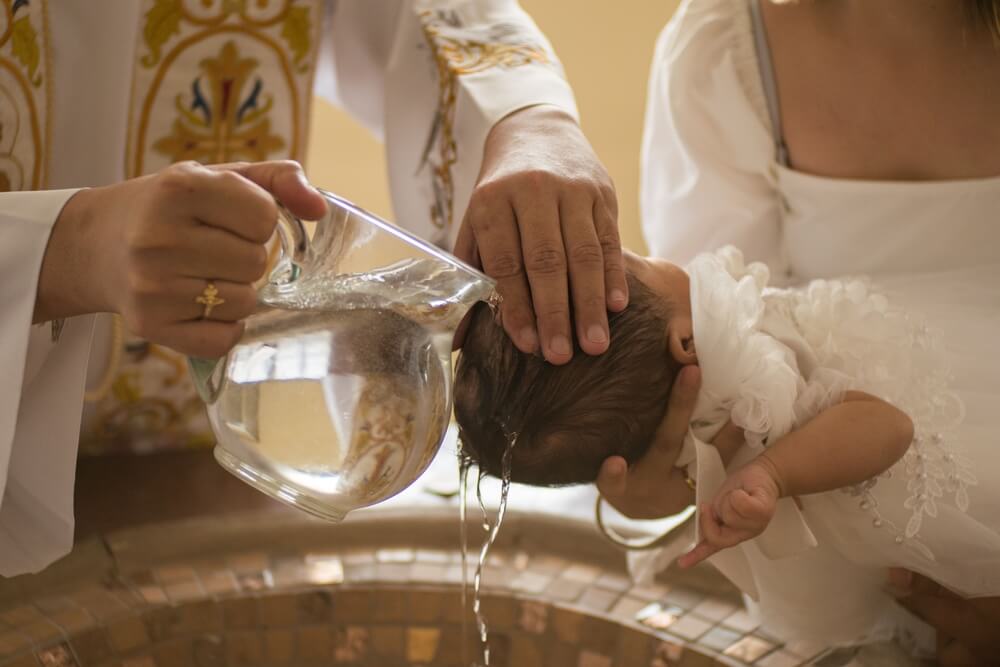
Photo source: Shutterstock.com
Baptism is not just a religious event, it is a very special day, full of emotion, faith and hope. It is the day when a little soul receives the blessing of life in Christ, and the family experiences, perhaps for the first time, that deep joy that brings tears to the eyes and peace to the heart.
Whether you need a special bouquet, want to surprise someone with a flower delivery in Bucharest , or are simply looking for an online florist in Bucharest where you can order flowers at home , the options are varied and accessible on the californiaflowers.ro florist .
Preparations for a baptism often come with a lot of emotion and even more questions. What should be taken to church? How do you choose everything related to this moment? Do you bring flowers? What are the customs, what is important not to forget? There are things that seem small, but which, put together, build an unforgettable day.
In this article, you will find simple and useful answers, carefully gathered – from the most important things to prepare, to the purpose of flowers on this holy day. All said gently and with a thought for what this moment truly means: a meeting between love, tradition and grace.
Grace, beauty and giving: On the meaning of flowers at baptism
Flowers have the gift of saying things that sometimes words cannot express. Thus, on the day of baptism, they transcend their status as beautiful decorative plants, becoming living symbols of love, purity and blessing. Through their delicate and fragrant presence, flowers discreetly and gracefully accompany a very special moment in a family's life: the welcoming of the baby into the community of faith.
For parents and godparents, every detail matters, and flowers become part of this painting full of emotion and meaning. In the Orthodox tradition, there is a custom to take flowers to the church for baptisms, not only to decorate the baptismal font or the entrance, but to bring visual and spiritual joy to this holy space. White and pastel colors – white, pale pink, beige or cream – are the most often chosen, because they speak of cleanliness, new beginnings and light.
Floral arrangements can be simple or rich, but always with purpose: the baptismal candle can be adorned with a discreet bouquet, the baptismal font framed by flowers as an embrace of divine grace, and the entrance to the church decorated with garlands that welcome those present with gentleness and warmth. A small bouquet, offered to the priest by the parents or godparents, can be a sincere and beautiful gesture of gratitude, accompanying the prayer said in silence.
The choice of flowers is not accidental, each plant conveys something. White lilies speak of purity and innocence, roses remind of divine love and the connection between the soul and God, orchids add a touch of beauty and grace, and hydrangeas , with their rich and round flowers, seem to encompass in a single bouquet all the goodness that pours out upon the baptized child.
In other words, flowers are not just decoration. They are silent testimonies of joy, expressions of gratitude and signs of celebration. They are our way of saying thank you and Welcome! in a world that is now beginning to be accompanied by the light of faith.
Last but not least, it is always a good idea to consult with your parish priest before preparing the arrangements, especially if you want something more special. Each church may have its own rules or preferences regarding floral decorations and baptism candles , and respecting them shows not only good manners, but also a deeper understanding of the significance of this day.
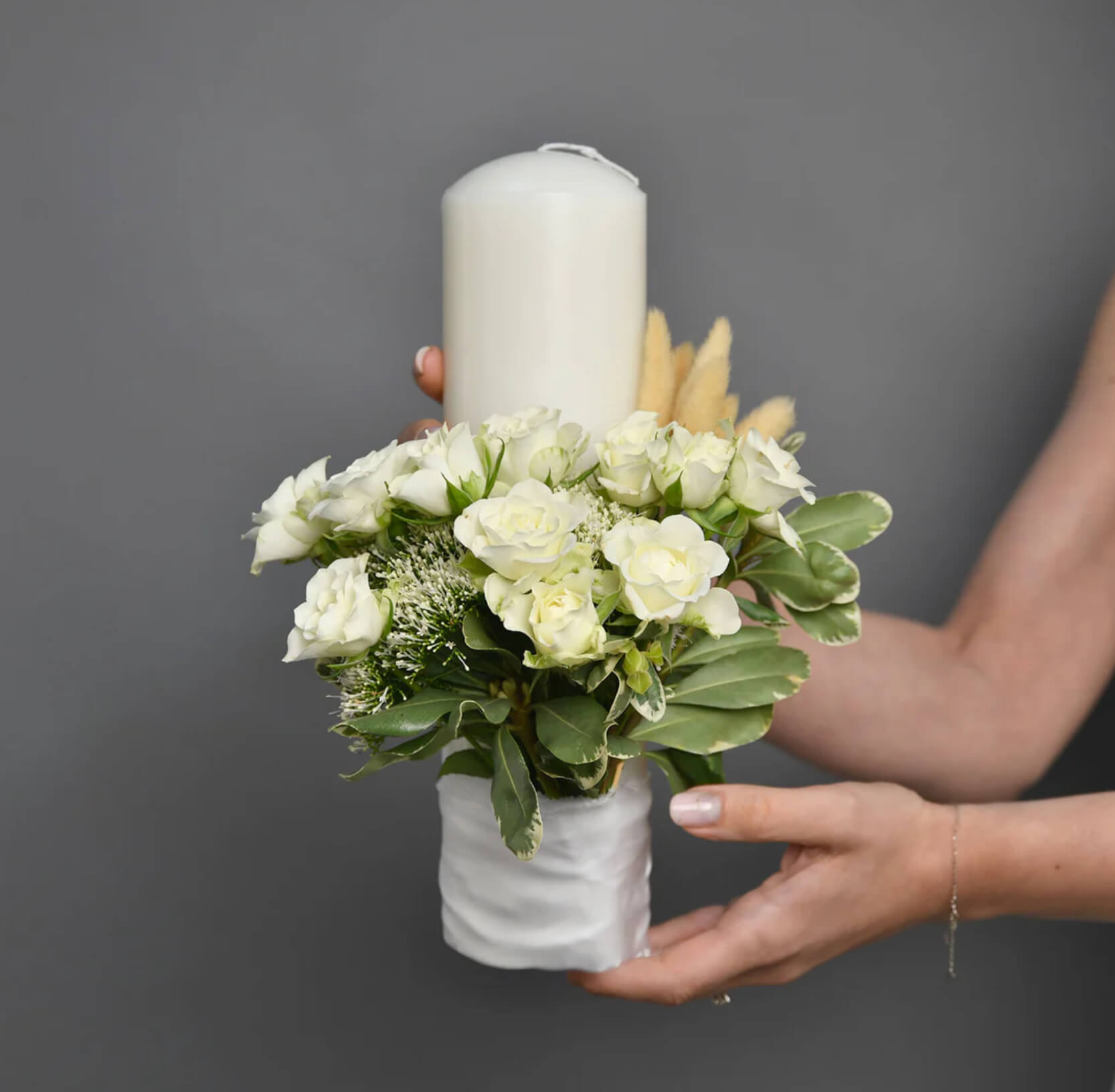
Photo source: Californiaflowers.ro
What is needed for a baptism at church?
After delving deeper into the symbolic beauty of flowers at a baptism, your mind naturally turns to all the things that must be carefully prepared for this blessed day. Baptism is not just a celebration on a family calendar, but is, above all, a holy sacrament – an encounter with God’s grace and the promise of a new beginning. That is why every detail, no matter how small, takes on a special meaning and deserves to be thought about with an open mind.
For the service to run smoothly, it is good to take care of the necessary things in advance. The documents are the first step: the child's birth certificate (original and copy) and a medical certificate stating "fit for baptism" - an important formality that assures the priest that the little one can be immersed in holy water without any problems. Beyond the papers, there are the things that actually accompany the sacrament: the baptismal candle, bright and beautifully decorated, which the godparents will hold with reverence during the service; the white cloth, also known as the "crasma", in which the child will be wrapped after the immersion, and the baptismal sash, that symbolic ribbon that the priest purposely ties during the ordination. We must not forget the towel and white soap for the priest, the bottle for the christening and the small crosses that are usually offered to the guests, as a testimony of this holy event.
The child's clothing is also an essential part of the baptism. Usually, two outfits are prepared – one for arriving at the church and another, new and clean, for after the baptism. You also need a soft towel, diapers, wet wipes, all carefully laid out, as if for the dearest guest. There are also small details: a bottle of olive oil, scissors and a special box for a lock of hair, a symbolic jewel for the child, but also a handful of candies or sweet testimonials for those present in the church.
It is important to remember that this list may vary slightly depending on local customs or the priest's requirements. Therefore, a frank and early dialogue with the officiating priest is always welcome, both to clarify the practical details and to feel that you are being gently accompanied on this journey.
Last but not least, in all this preparation, the godparents play a very special role. They are the ones who assume spiritual responsibility for the child and who, according to the ordinance, take care of most of the items necessary for the service – from the candle and the casket, to the clothes and the crosses. The parents, in turn, take care of the organizational side and, of course, the spiritual preparation of the little one for receiving baptism. All of them, together, bring joy and light on the day when heaven and earth meet in the baptismal font, and a pure soul walks, gently, in the light of faith.
Are flowers taken to church for baptism or not, according to Christian traditions and customs?
On the day of baptism, flowers find their natural place in the church, like a visible caress of grace. They accompany this moment with a quiet, settled beauty, which does not demand attention, but changes the surrounding air. In the Orthodox tradition, bringing flowers to church is a meaningful gesture, born of the desire to honor the moment when a baby is welcomed into the light of faith.
The floral arrangements are placed in places that speak for themselves – around the baptismal font, near the altar, or at the entrance to the church, as a warm welcome to a sacred space. The choice of flowers is a matter of good taste and feeling: white lilies remind of the purity of the newly baptized soul, light-colored roses speak of the love that connects heaven and earth, and round, rich hydrangeas bring a note of full blessing.
Pastel tones are most often chosen, not out of habit, but because they calm the eye and match the peaceful festive mood that this mystery carries. Baptism does not need garish brilliance, but gestures that discreetly say that this child is welcomed with love and hope into the world and in faith.
On the other hand, some parents or godparents usually give the priest a bouquet, as a sign of gratitude and respect. It is not a rule, but rather a simple and beautiful gesture, which leaves something behind – a flower and an unspoken prayer.
Choosing the right flowers for Christian baptism
The flowers chosen for a baptism are not just a visual complement. They silently accompany one of the most mysterious and luminous moments in a family's life. Carefully placed, like a blooming blessing, the flowers bring delicacy, cleanliness and a festive air that discreetly dresses the entire service in an atmosphere of gentle joy.
When choosing flowers, let yourself be carried away by their purpose, not just their beauty. For example, lilies, with their straight lines and light-white flowers, speak of purity and hope. Roses – especially those in pastel tones – bring an air of deep, settled love. Hydrangeas, round and full, have a special generosity in shape and seem to say that grace comes in abundance, over all.
The candle bouquet is also part of this story. Small, neat, clean – it harmonizes with the child's trunk and the holy simplicity of the day. Small, delicate flowers, such as gypsophila or freesia, can be a choice full of finesse and gentleness.

Photo source: Californiaflowers.ro
Floral arrangements in the church should not overwhelm, but accompany the service. Thus, flowers carefully arranged near the baptismal font , at the entrance or in thoughtfully chosen corners, create a space that breathes tranquility and beauty. Basically, there is no need for opulence, but for moderation and good order.
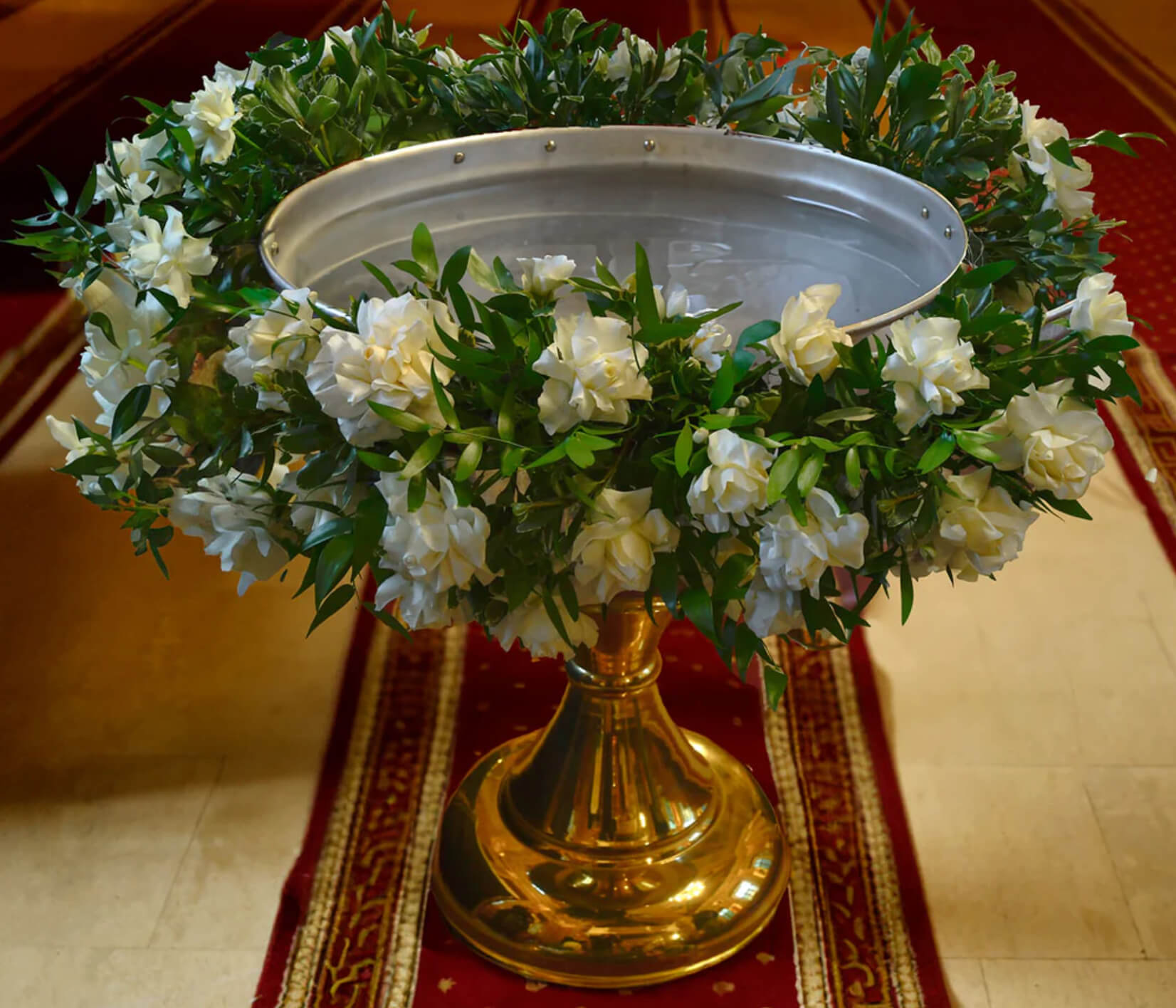
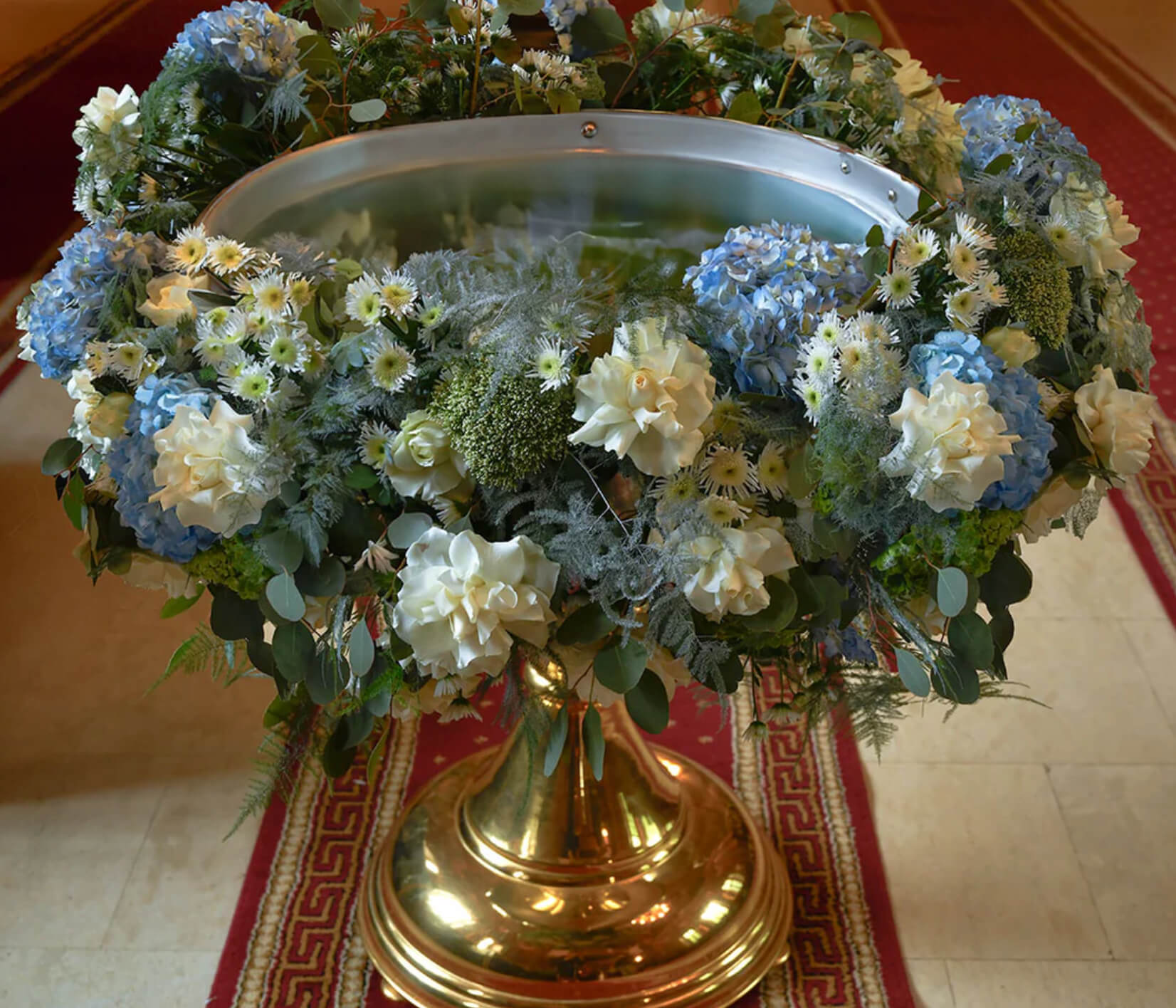
Photo source: Californiaflowers.ro
Also, for those parents who want to add a personal touch, a flower with meaning for the family - perhaps one dear to the grandparents or linked to a name - can become a discreet sign of continuity and love across generations.
So, on the day of baptism, flowers speak without saying anything, but they say everything: about joy, about gift, about a gentle welcome in life and in faith.
The role of godparents and parents in preparing for baptism
Godparents are those who, beyond the spiritual connection they will have with the child, take care of many of the things necessary for the service.
First of all, the baptismal kit is theirs, that is, the beautifully decorated candle, the white cloth in which the child will be wrapped after the immersion, the ribbon used during the service, a clean towel and white soap for the priest, the bottle for the anointing oil and the new clothes in which the child will be dressed after being baptized. They also prepare a symbolic gift, usually a small piece of jewelry with meaning, a toy for the little one, crosses for the guests and, in many cases, they also take care of paying for the service.

Photo source: Californiaflowers.ro
The parents, in turn, have their own worries to take care of: they set the date of the baptism together with the priest, choose the right godparents and take care of the formal part - the necessary documents, such as the birth certificate and the medical certificate. They prepare the first row of clothes for the child and, if there is a small party after the service, they also take care of its organization.
Besides all the material things, there is also a preparation that concerns the soul. It is desirable that both the godparents and the parents enter this moment clean and quiet, through confession and communion. It is not an obligation, but an invitation to inner settlement, because baptism is not just a beautiful event, but a mystery.
It is also expected that parents and godparents collaborate in this entire process with goodwill and understanding. When things are thought out together, when they are discussed in advance and with patience, everything flows more smoothly, and what really matters remains the center of attention.
On the day of baptism, the godparents have a visible and profound role: they hold the child in their arms, recite the Creed, respond on their behalf, and confess their faith. The parents, although more withdrawn during the service, accompany everything with their eyes and hearts — it is, in their own way, also a covenant, equally vivid and moving.
The stages of the baptism ceremony and the place of flowers in them
Leaving aside the duties of godparents and parents, we are about to approach with a gentle soul the conduct of the baptism service, this mysterious journey through which a baby is received into the Church of Christ. Each stage of this service has a deep charge, and flowers, when chosen with feeling, can discreetly join this holy moment, without overshadowing, but gently accompanying the joy and solemnity:
1. Reception in the church
Upon entering the sanctuary, the family and godparents are greeted by the priest. In this welcoming space, flowers can be placed as a sign of the pure joy that accompanies the baby to the mystery that awaits him. Arrangements can be simple, in bright tones, with lilies, white roses or hydrangeas, to suggest the reception of a new soul in a hallowed space.
2. Rejections and union with Christ
The godparents hold the child in their arms and recite the Creed and the Denials, in his name. It is a moment of confession and spiritual assumption. The baptismal candle, adorned with flowers chosen with moderation – gypsophila, small roses, light greenery – burns softly, confessing the light of Christ, the One who illuminates every person who comes into the world.
3. The blessing of water and the anointing with oil
The priest blesses the water in the baptismal font and anoints the child with holy oil. Floral garlands or bouquets can be placed around the baptismal font to delicately frame this center of the work of grace. The flowers are not imposing, but accompanying – like a comfort brought to the eye, in a place where the soul receives a mysterious blessing.
4. Immersion of the baby in holy water
The child is immersed three times, in the name of the Holy Trinity. Then he is received into the arms of the godmother, wrapped in a white cloth, a sign of purity and a new beginning. At that moment, some families choose to lightly sprinkle flower petals in the child's path, as a sign of the path that opens to a Christian life, nourished with blessing.
5. Myrrh-bearing
Through the anointing with Holy Chrism, the child receives the seal of the gift of the Holy Spirit. The flowers around the altar, if any, silently accompany this spiritual work, adding a note of peace and solemnity to the atmosphere.
6. Sharing
The Child is united for the first time with the Body and Blood of the Savior. It is the highest and most mysterious moment of the entire service. The flowers, discreetly placed next to the icons or near the holy altar, only serve to spiritually strengthen that peaceful joy that fills the souls of those present.
7. Surrounding the table
The priest, together with the godparents and the child, surrounds the table with the Holy Gospel, as a sign of entry into the life of the Church. The path traveled in a circle, in the singing "How many of you have been baptized into Christ, have put on Christ", can be delicately accompanied by a light sprinkling of petals, like a silent spring, which opens the steps towards a new life in faith.
8. Baby haircut
The service ends with the cutting of a lock of hair from the child's head - a sign of the gift of the received life to God. It is a gesture with a mysterious depth, and a small symbolic bouquet, offered with an open heart by the godparents or parents, can mark this end as a crowning of a day of grace.
The symbolic power of flowers on the holy day of baptism
Flowers never come alone. They don't enter a church with just their scent and color. They stand out through emotion - teary eyes, trembling hands arranging them, the joy of a day that no one in the family will ever forget.
Thus, it is inappropriate to state that there are baptisms without flowers. Neither in the small village where the priest wraps the child in a clean cloth and sings with a trembling voice, nor in the large church where every corner seems prepared for the celebration. Flowers are used as the earth's response to what is happening in heaven. Grown from the earth, carried delicately in arms, left humbly next to the baptismal font, they speak of a holy moment.
It's hard to say when the custom began. Perhaps people instinctively felt that a flower, as something living, pure and transient, suited the Christianization of a new soul into the light. A small cross, a lit candle and a white bouquet. All three, simple and profound Christian symbols.
Indeed, lilies, roses, hydrangeas, gypsophila are beautiful choices. But not in the context of a baptism, it is not strictly about what flower you put, but about how you feel when you choose it. When you feel strongly that it will be there, next to the baptismal font, when the child will receive the name and blessing. When you attach it to the candle, with a simple ribbon, without frills, but with care that everything is clean and placed.
Moreover, there are people who, without knowing Orthodox symbols, choose a flower that reminds them of someone dear to them. Of a grandmother, a mother, a childhood garden. And then the flower is no longer just an aesthetic choice — it becomes a testimony, a memory caught between prayers and songs.
Send flowers to Bucharest easily, using our Bucharest flower delivery services, and choose a special Bucharest flower bouquet to express your feelings through fast and efficient Bucharest flower orders .
Flower delivery Bucharest with home delivery
Flower delivery Brașov for fresh flowers and fast delivery






